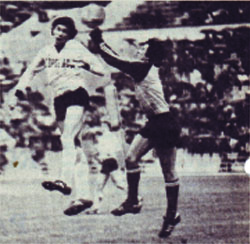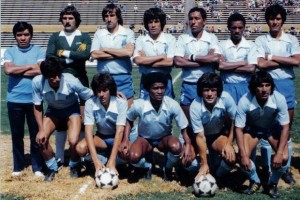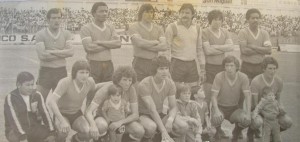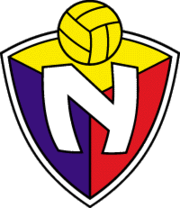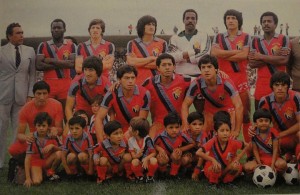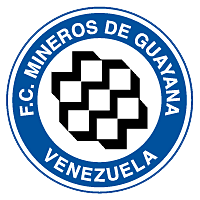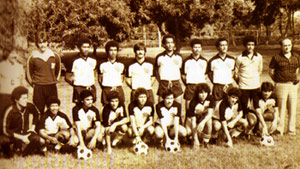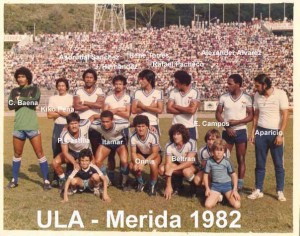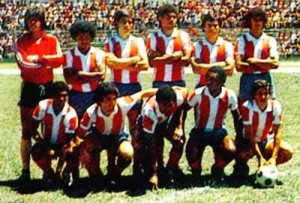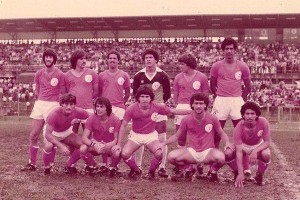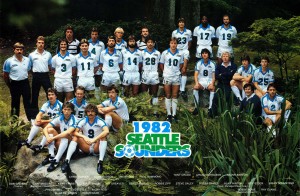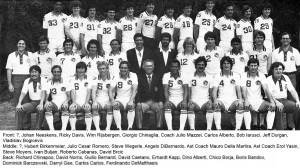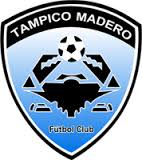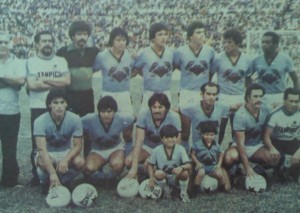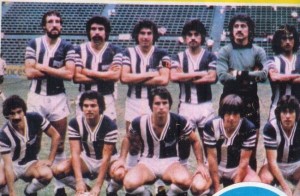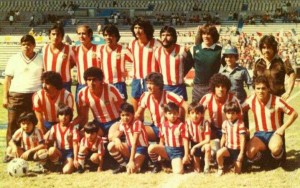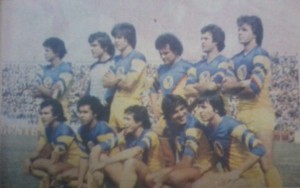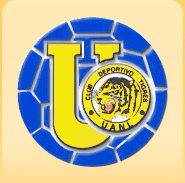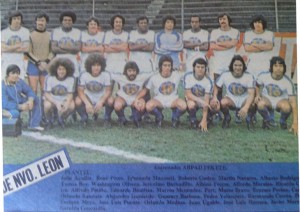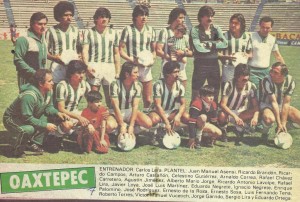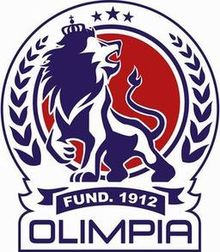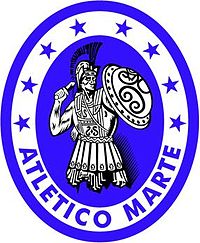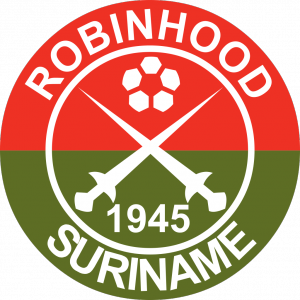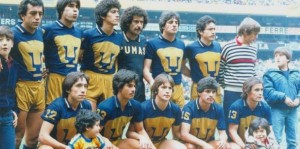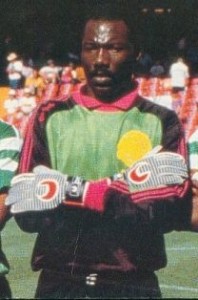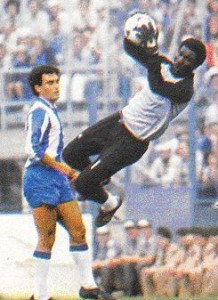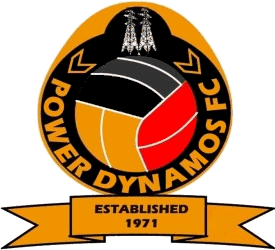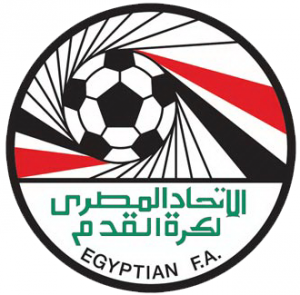Ecuador played its usual complicated championship – ‘primera’ and ‘segunda etapa’ – the top 2 teams of each going to the final tournament. Two teams were relegated after the first stage, replaced by the corresponding winners of the Second Division of the first stage. But there was a difference this season: the league was going to be increased to 14 teams, so there were no relegated teams this year at all – the winners of first stage of the Second Division moved to First Division for the second stage, thus increasing it to 12 teams, and the winners of the second stage moved to top league for the next season, making the league 14-team strong.
El Nacional (Quito) won the ‘Primera etapa’ with 23 points. LDU (Portoviejo) clinched second place on better goal-difference. Both teams had to worry only for the final tournament from this moment. Second Division had its own winners, joining the ‘Segunda etapa’ of First Division:
Deportivo Quevedo won the first stage of Second Division and
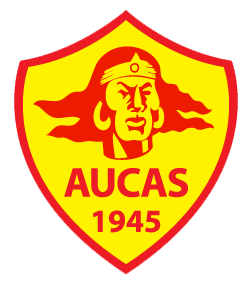 Aucas (Quito) was second. Going a bit ahead, neither club was particularly strong for a surprise, but they also did not have to fret over relegation.
Aucas (Quito) was second. Going a bit ahead, neither club was particularly strong for a surprise, but they also did not have to fret over relegation.
The ‘Segunda etapa’ of Second Division was won by
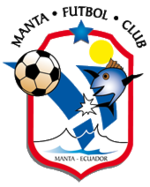 Manta, with America (Quito) finishing second – well done for both clubs, moving to the top league at least for the first stage of 1983. Just for the record, two teams unable to emerge from Second Division:
Manta, with America (Quito) finishing second – well done for both clubs, moving to the top league at least for the first stage of 1983. Just for the record, two teams unable to emerge from Second Division:
Macara, and
 Deportivo Quevedo did quite well for a newcomer in the second stage of First Division – they finished 6th with 23 points. This may be not a photo from 1982, but at least is from this successful period of the club. Note the numbers: the great Ajax (Amsterdam) of the early 1970s is usually credited as a pioneer of permanent individual numbers higher than 11, but South Americans used individual numbers may be earlier – their inspiration was North American sports, hence, the numbers were often unusually high for a soccer team (24 and 35, for instance).
Deportivo Quevedo did quite well for a newcomer in the second stage of First Division – they finished 6th with 23 points. This may be not a photo from 1982, but at least is from this successful period of the club. Note the numbers: the great Ajax (Amsterdam) of the early 1970s is usually credited as a pioneer of permanent individual numbers higher than 11, but South Americans used individual numbers may be earlier – their inspiration was North American sports, hence, the numbers were often unusually high for a soccer team (24 and 35, for instance).
At the bottom, just like in the first stage, was Everest (Guayaquil). Terrible season for them – 12 points in the first stage and 10 in the second: their combined record was worse than the record of Deportivo Quevedo in their one stage!
The other big losers this year were Emelec – 4th in the first stage and 8th in the second stage – and Deportivo Quito.
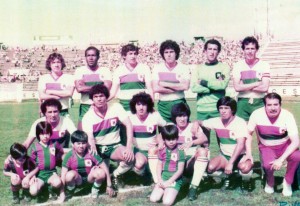 Deportivo was 5th in the first stage, but sunk to 11th place in the second.
Deportivo was 5th in the first stage, but sunk to 11th place in the second.
On the opposite way was 9 de Octubre (Milagro) – 8th in first stage, but climbing to 2nd place in the second stage – and qualifying, may be surprisingly, to the final. Barcelona ( Guayaquil) won the second stage.
The final round-robin tournament was between Barcelona, 9 de Octubre, El Nacional, and LDU (Portoviejo). After every team played 6 matches, there was no champion:
1. El Nacional 6 3 1 2 13-8 11
2. Barcelona 6 3 1 2 8-11 11
3. LDU 6 3 0 3 10-9 8
4. 9 de Octubre 6 2 0 4 7-10 4
Only in South America a team with negative goal-difference may win a title… normally, Barcelona should have been 2nd and done for, but here only points count and since they were even, a final play-off followed. Barcelona won at home 4-2. El Nacional bested them in the second leg – 3-0. Barcelona was still second and still had a chance to be a champion: again goal-difference did not count and third match was scheduled. And only now justice prevailed – and with a vengeance! El Nacional destroyed Barcelona 3-0.
 Barcelona was second, it was not their year and also their final place was fair. On the other hand, football was robbed by a great curiosity: a team consistently second and even shaky looking by its results could have been a champion.
Barcelona was second, it was not their year and also their final place was fair. On the other hand, football was robbed by a great curiosity: a team consistently second and even shaky looking by its results could have been a champion.
![]() Deserving champions, second and first rows from right to left:
Deserving champions, second and first rows from right to left:
It was not an easy victory, but El Nacional did their job – they reached the final stage after winning the opening stage of the championship. Having nothing to play for in the second stage, they still performed well, finishing 3rd. Won the final tournament, but still had to go through difficult play-offs and won 2 of the three matches. Good year and 6th title!
